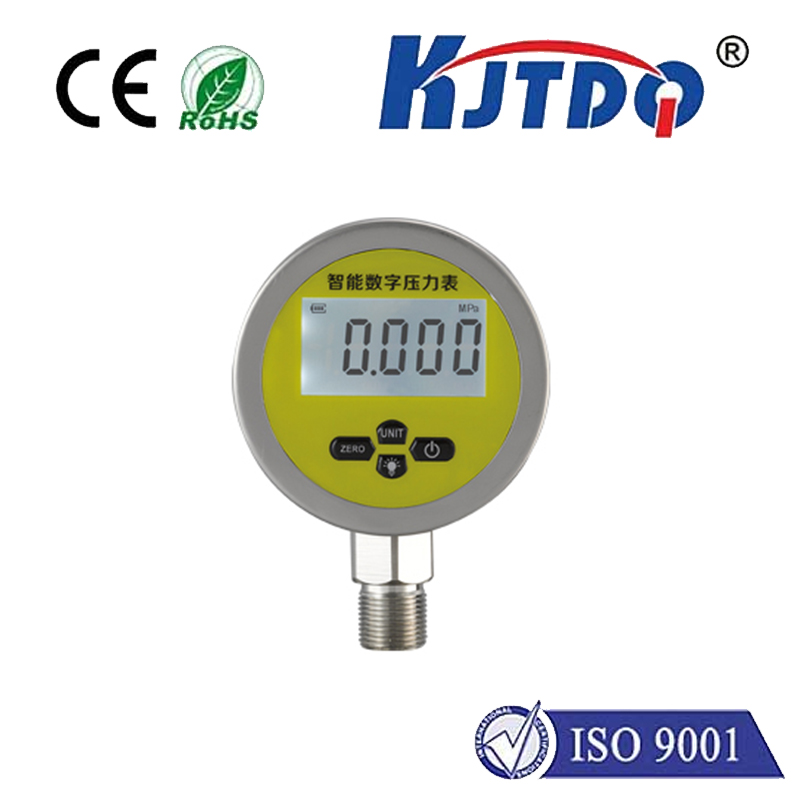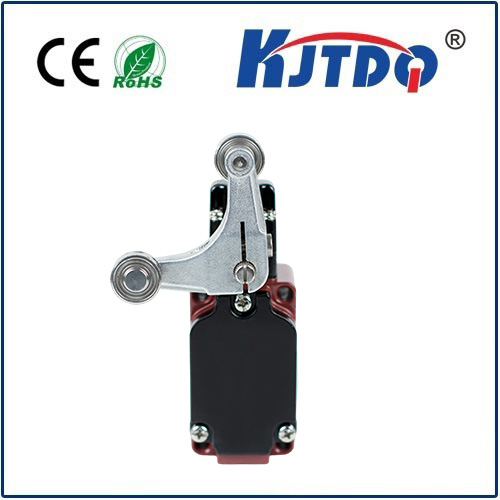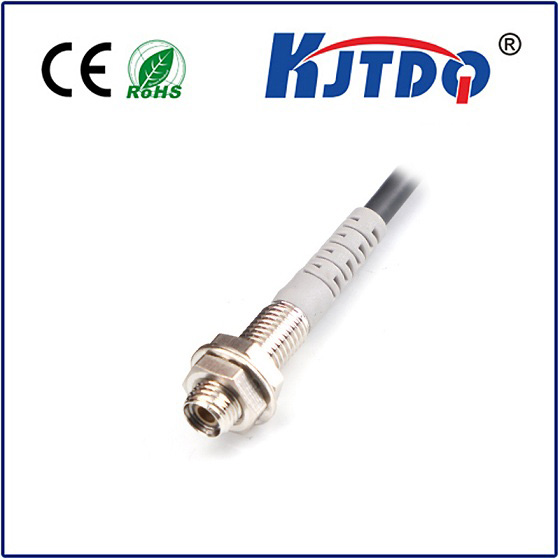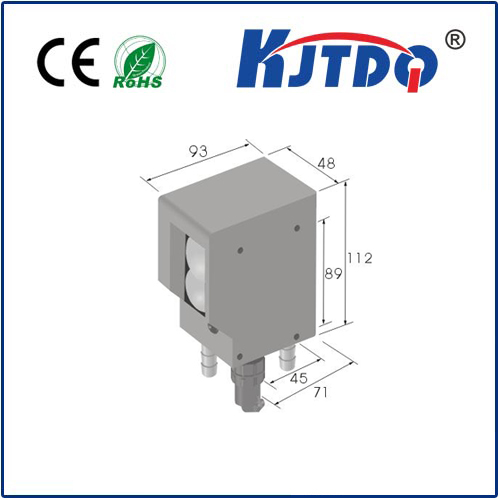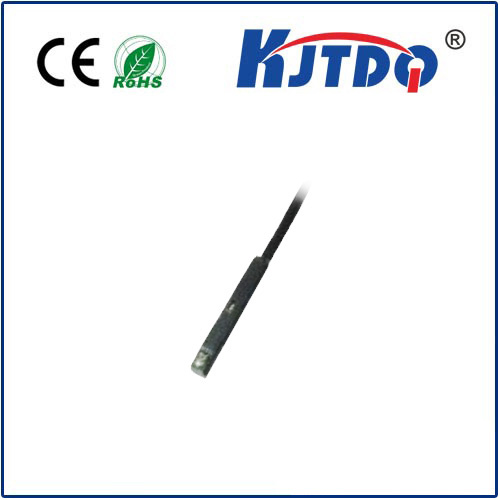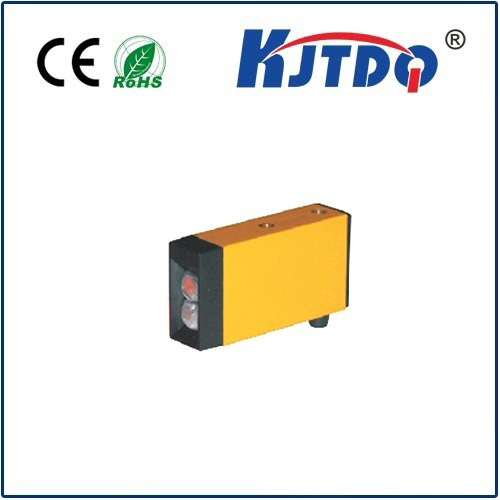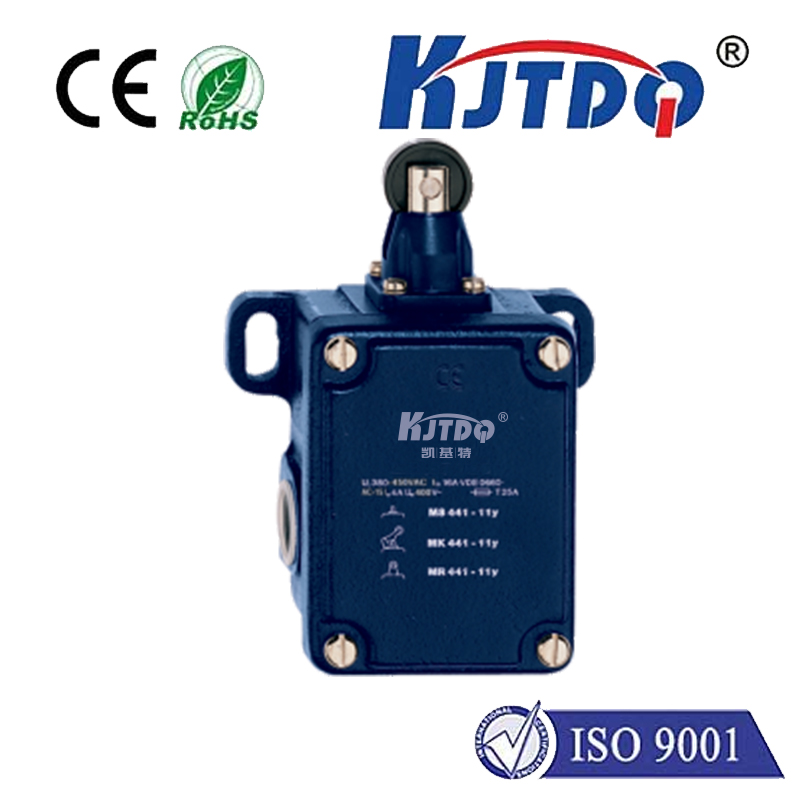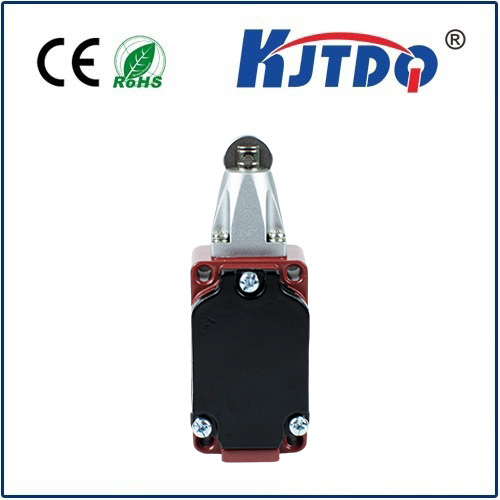ic sensor
- time:2025-08-25 01:37:58
- Нажмите:0
The Invisible Intelligence: How IC Sensors Power Our Modern World
Look around you. That glance at your wrist to check the time? The thermostat maintaining your room’s comfort? Your car effortlessly alerting you to a potential collision? The breathalyzer ensuring road safety or the glucose monitor tracking a patient’s health? At the heart of these countless interactions with the physical world lies an unsung hero: the Integrated Circuit (IC) Sensor. These minuscule marvels, blending the worlds of electronics and physics, are the fundamental enablers of our data-driven reality.
So, what exactly is an IC sensor? Put simply, it’s a complete sensing system miniaturized onto a single chip of semiconductor material, typically silicon. It integrates the crucial sensing element – the component that detects changes in the physical environment (like pressure, temperature, light, magnetic fields, acceleration, chemical presence, or gas concentration) – with the necessary electronic circuitry right alongside it. This circuitry performs essential tasks: amplifying the often minuscule signal generated by the sensor, filtering out unwanted electrical noise, converting the analog signal to digital data microcontrollers can understand (Analog-to-Digital Conversion, or ADC), and sometimes even performing basic computation or calibration on-chip. This integration is revolutionary compared to traditional discrete sensors, which required separate components for sensing and signal processing, leading to bulkier, more complex, less reliable, and more expensive systems.
The Power of Integration: Key Advantages

The decision to move towards integrated circuit sensor technology brings immense benefits:
- Miniaturization: Packing everything onto a single chip enables incredibly small and lightweight devices. This is absolutely critical for applications like wearable fitness trackers, medical implants (e.g., pacemakers, insulin pumps), smartphones crammed with multiple sensors, and densely packed IoT nodes.
- Enhanced Performance & Reliability: Integrating the sensor and processing circuitry drastically reduces the distance electrical signals need to travel. This minimizes electrical noise pickup and signal degradation, often resulting in higher accuracy, better resolution, and greater stability over time. Fewer physical connections also mean fewer potential points of failure, enhancing overall system reliability.
- Cost Efficiency: Mass production using established semiconductor fabrication techniques (similar to how computer chips are made) allows IC sensors to be manufactured at remarkably low unit costs. While the initial development might be expensive, the per-unit cost for high volumes is significantly lower than assembling discrete components.
- Low Power Consumption: Integration allows for highly optimized circuit design specifically tailored for the sensor’s needs. Power efficiency is paramount for battery-operated devices like those in the Internet of Things (IoT). Many modern IC sensors feature sophisticated sleep modes and intelligent wake-up triggers to sip power only when necessary.
- Simplified System Design: For engineers, using an IC sensor means they get a largely pre-calibrated and signal-conditioned output (often digital: I2C, SPI). This dramatically simplifies the design of the final product, reducing development time and complexity. The system designer doesn’t need to be an expert in delicate analog front-end design; the IC handles that.
- Smart Features: Integration provides the foundation for adding intelligence. On-chip calibration, temperature compensation, embedded digital signal processing (DSP), and even rudimentary artificial intelligence functions for anomaly detection are increasingly common features found within advanced semiconductor sensors. This pushes intelligence closer to the point of data generation – a concept known as edge computing.
Types and Technologies: A Diverse Landscape
The IC sensor world is incredibly diverse, driven by the multitude of physical phenomena we need to measure. Key technologies include:
- MEMS (Micro-Electro-Mechanical Systems): This is arguably the powerhouse enabling most modern micro-sensors. MEMS involves creating tiny mechanical structures (like membranes, cantilevers, or proof masses) alongside electronics on a silicon chip. MEMS technology is foundational for accelerometers (measuring motion/vibration), gyroscopes (measuring rotation), pressure sensors (e.g., barometric, tire pressure), microphones, and flow sensors. Their small size, low cost, and high reliability have made them ubiquitous.
- CMOS Image Sensors (CIS): While technically IC sensors, these deserve a special mention. Found in every smartphone camera and countless other imaging applications, CMOS image sensors convert light into electrical signals pixel by pixel on a single chip, integrating readout circuitry and sometimes even basic processing. Their dominance over older CCD technology stems from lower power consumption, faster readout speeds, and easier integration.
- Thermal Sensors: Integrated temperature sensors are vital for monitoring and controlling heat in systems ranging from computer processors to industrial machinery and environmental monitoring. Thermal management ICs often combine sensing with control logic and output drivers.
- Chemical/Gas Sensors: Integrating sensing materials (like metal oxides or polymers) sensitive to specific gases or chemicals onto chips with readout electronics enables compact, portable detectors for environmental monitoring, safety (leak detection), and breath analysis (medical diagnostics).
- Magnetic Sensors (e.g., Hall Effect ICs): These detect magnetic fields. They are essential for position sensing (in motors, joysticks), current sensing, and proximity detection (e.g., laptop lid open/close). Integrating amplification and signal conditioning makes them robust and easy to use.
Ubiquitous Applications: Sensing Everywhere
The impact of IC sensors is felt across virtually every industry:
- Consumer Electronics: Smartphones (touchscreens, ambient light, proximity, gyroscope, compass, fingerprint), wearables (heart rate, SpO2, motion tracking), smart home devices (temperature, humidity, occupancy, light).
- Automotive: Critical for safety (airbag deployment sensors, electronic stability control via accelerometers/gyros), engine management (pressure, temperature, airflow), emissions control, ADAS (radar, LiDAR, camera systems), tire pressure monitoring (TPMS).
- Industrial Automation & IoT: Monitoring vibration in machinery for predictive maintenance, precision process control (pressure, temperature, flow), environmental sensing in factories and warehouses, asset tracking, smart agriculture (soil moisture, weather).
- Healthcare & Medical Devices: Vital signs monitoring (ECG, EMG, blood pressure, glucose), drug delivery systems, diagnostic tools (lab-on-a-chip), implantable devices, wearable health trackers.
- Environmental Monitoring: Air quality (gas sensors), water quality, weather stations, seismic activity detection.
- Воздушно - космические и Оборона: Navigation systems, structural health monitoring, harsh environment sensing.
The Future: Smarter, More Connected, More Integrated
The evolution of IC sensor technology shows no signs of slowing down. Key trends point towards:
- Increased On-Chip Intelligence (Edge AI): Moving beyond just sensing and basic signal conditioning, future sensors will perform complex analytics, pattern recognition, and decision-making directly on the chip, reducing data transmission needs and latency. Smart sensors will become the norm.
- Multi-Sensor Fusion: Single chips combining multiple sensing modalities (e.g., accelerometer + gyroscope + magnetometer = Inertial Measurement Unit - IMU; environmental sensors combining temp/humidity/pressure/gas) will provide richer, more contextual data for applications.
- Improved Power Efficiency and Energy Harvesting: As the IoT explodes, sensors will become even more frugal with energy and increasingly capable of scavenging power from their environment (light, motion, heat differences), enabling maintenance-free operation.
- Advanced Materials and Nanotechnology: Exploration of novel materials (e.g., graphene, carbon nanotubes) and structures at the nanoscale promises even smaller, more sensitive, and potentially lower-cost sensors for new applications, including advanced medical diagnostics and environmental monitoring.
- Enhanced Connectivity: Seamless integration with wireless protocols (BLE, Wi-Fi,







